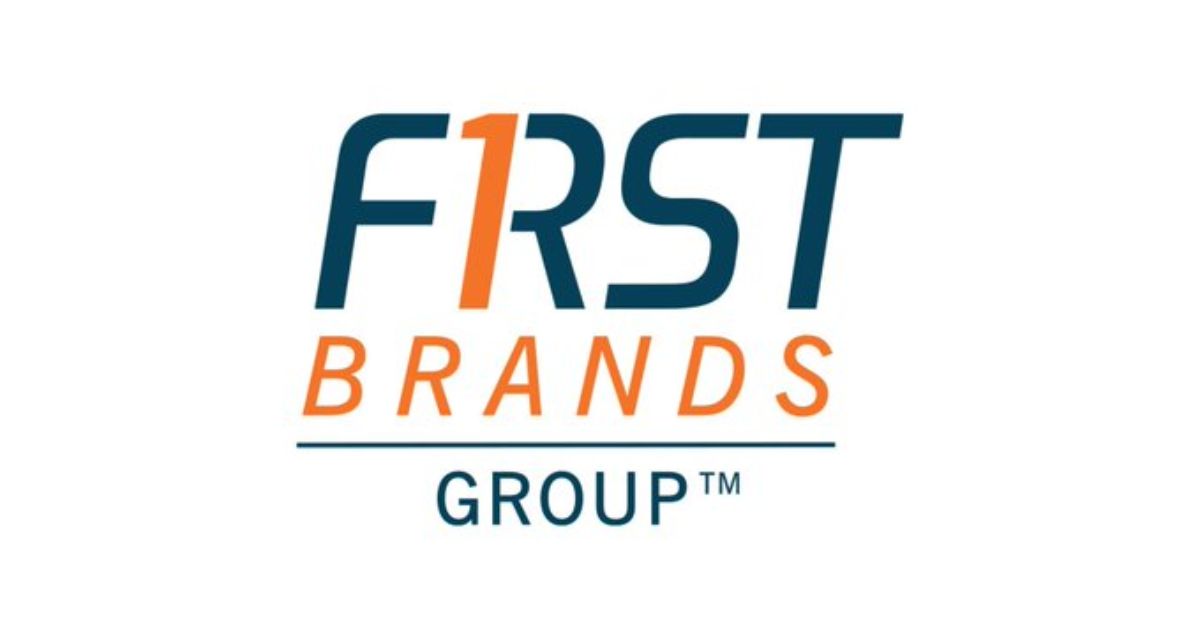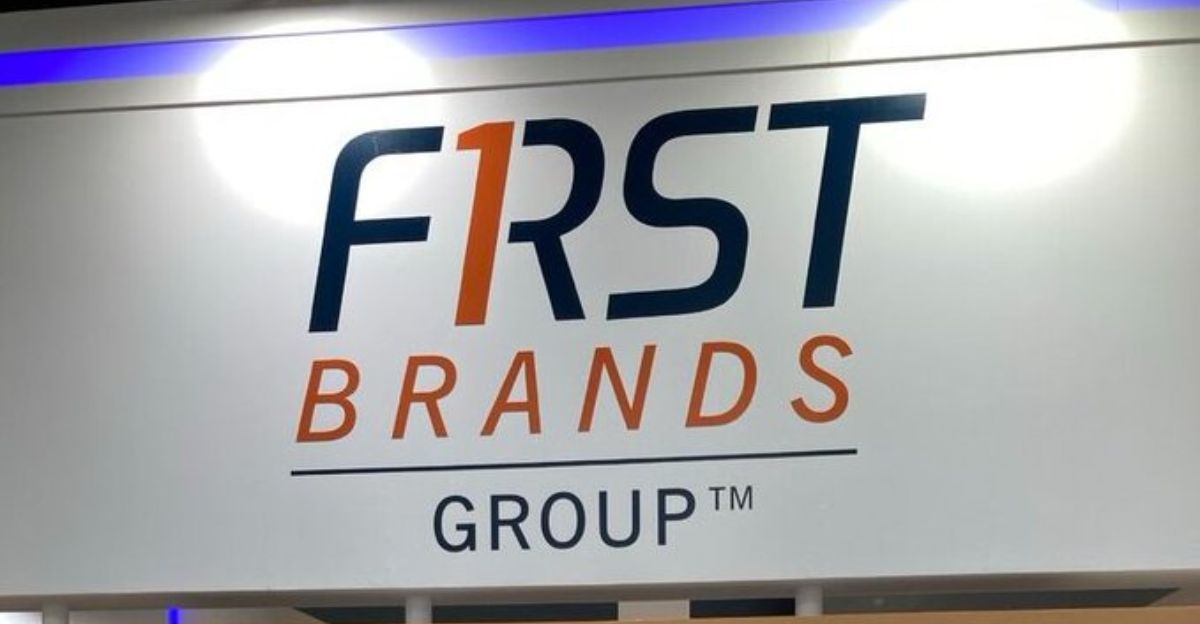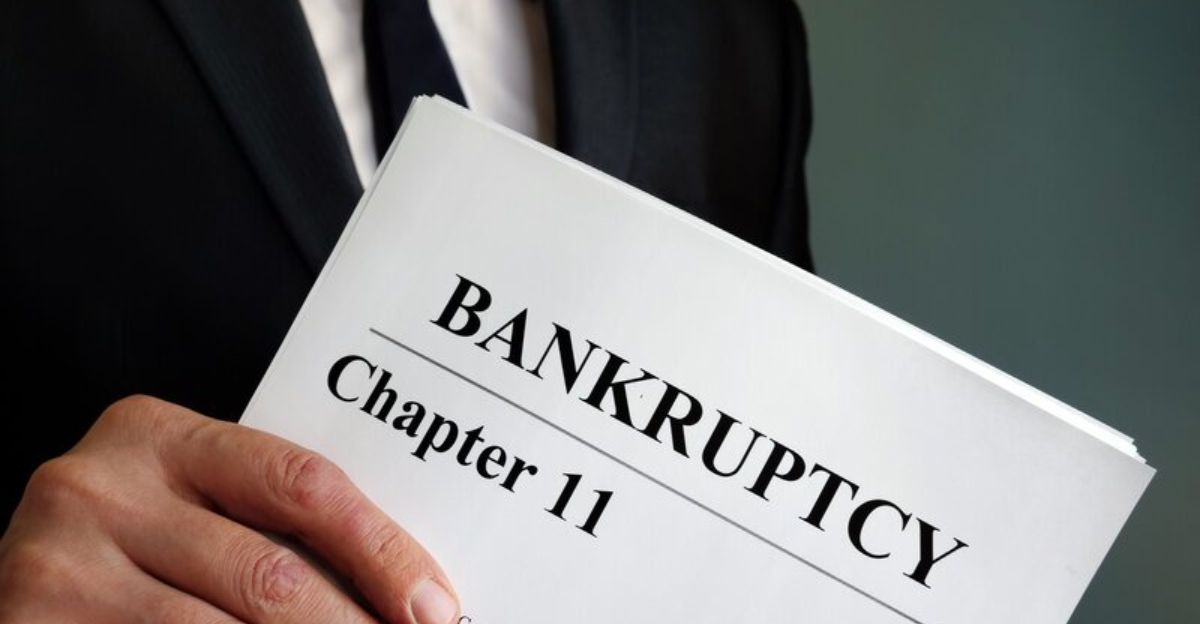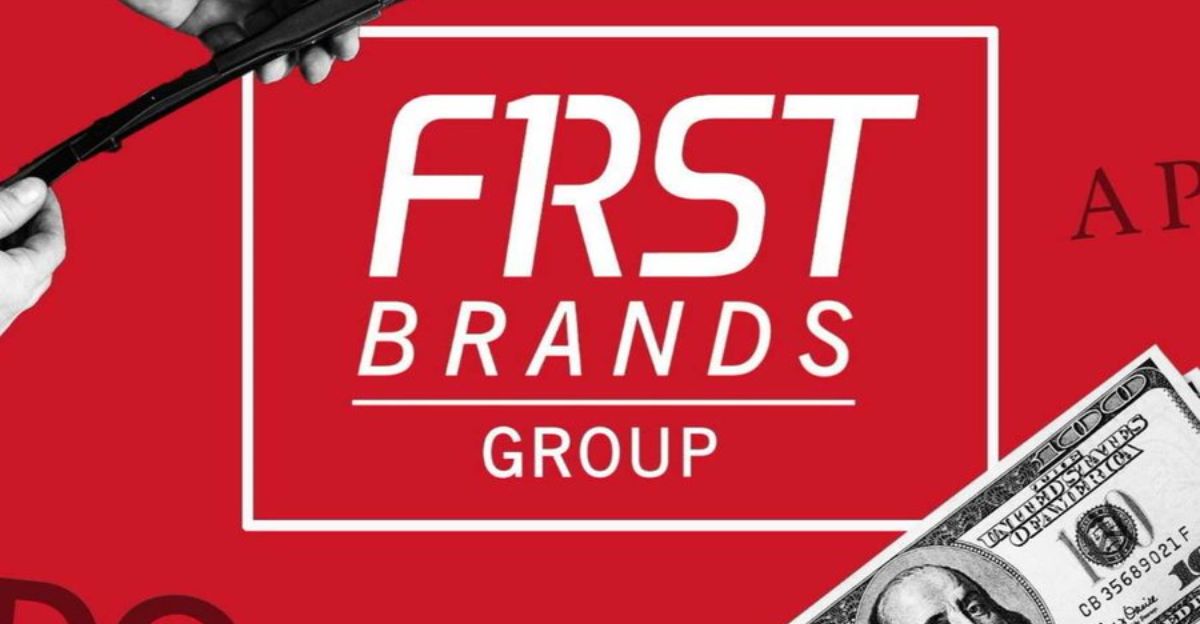
First Brands Group filed for Chapter 11 bankruptcy on September 29, 2025, in the Southern District of Texas, citing billions in liabilities that far exceed its assets. The Connecticut-based auto parts maker, behind Fram, Trico, and Raybestos, blamed complex supply chain financing for its debt crisis.
“We lowered our issuer credit rating to ‘D’ following First Brands Group’s Chapter 11 filing,” S&P Global Ratings said on September 28.
The company secured over $1 billion in debtor-in-possession financing to sustain payroll during restructuring — but with thousands of jobs at risk, how will the collapse ripple through the U.S. auto industry?
The Bankruptcy Filing

Without a restructuring deal lined up, First Brands’ core entity filed for Chapter 11 in Texas, signaling a liquidity crisis at the company’s peak. This abrupt legal move spotlighted severe financial distress not anticipated by many market watchers. The stage was set for a deeper dive into the company’s debts.
Complex Debt Structures Revealed

Investigations uncovered First Brands’ heavy reliance on complex supply chain finance and factoring arrangements, including off-balance-sheet debt via special-purpose entities. These structures masked the true scale of liabilities, complicating creditor transparency.
“The supply chain finance exposure highlighted represents only a portion of the total indebtedness,” industry analysts noted on October 1.
Jefferies’ $715 Million Stake

Filings revealed Jefferies’ Leucadia Asset Management holds approximately $715 million in assets linked to First Brands’ receivables from automotive retailers like Walmart and AutoZone. Multiple creditor claims also emerged, some with disputed identities, intensifying scrutiny over financial dealings. The ripple effect on Wall Street was immediate and severe.
Financial Institutions Brace for Losses

Jefferies and UBS-related firms face large exposure through supplier invoice financing linked to First Brands. Pending investigations target possible double-pledging of collateral, intensifying uncertainty over recoveries. Creditors continue assessing their positions as fallout spreads across financial markets.
Workforce Stability in Jeopardy

A debtor-in-possession loan exceeding $1 billion secured court approval to keep U.S. wages flowing temporarily.
However, thousands of employees now face uncertain futures. Restructuring precedent suggests workforce reductions are likely as the process unfolds, intensifying the human impact of the collapse.
Parts Supply Fears Grow

Retailers and repair shops nationwide worry about access to Fram filters, Trico wipers, and Raybestos brakes amid bankruptcy. Though financing assurances exist, Chapter 11 filings often disrupt vendor relations.
International First Brands operations remain outside U.S. bankruptcy jurisdiction, adding complexity to supply continuity.
Creditor Disputes Spotlight Transparency Issues

A $208 million claim from an entity named “Trade Finance Company” raised eyebrows after the UK-registered firm denied ties to First Brands.
Such discrepancies highlight ongoing challenges in verifying creditor identities during bankruptcy, raising questions about procedural robustness.
Legal and Financial Teams Mobilize

First Brands enlisted Weil, Gotshal & Manges to lead bankruptcy counsel efforts, while Lazard and Alvarez & Marsal provide financial and restructuring advice.
Charles Moore, named Chief Restructuring Officer, directs the turnaround strategy in Chapter 11 proceedings. The stakes remain high for all stakeholders.
Broader Sector Turbulence

First Brands’ collapse is part of wider instability within automotive-related debt markets, exposing cracks in supplier finance transparency. Analysts warn that aggressive debt dependency and opaque funding strategies could heighten systemic risks, prompting calls for industry-wide vigilance.
Concentrated Risks Uncovered

The bankruptcy revealed a reliance on concentrated creditor relationships rather than diversified funding sources, thereby increasing vulnerability. Market participants stress the importance of robust risk management and due diligence to avoid similar shocks in supply chain finance ecosystems.
Regulators Eye Off-Balance-Sheet Debt

The sizable off-balance-sheet financing uncovered is expected to attract scrutiny from the SEC and other regulators. Industry calls grow louder for stricter disclosure requirements and reforms to enhance transparency in supplier finance reporting, potentially reshaping accounting practices.
Competitors Position for Gains

Bosch, Mann+Hummel, and other aftermarket rivals are eyeing displaced First Brands customers. Anticipated sales of key brand assets could shift market share, with strategic buyers capitalizing on First Brands’ weakened state during restructuring.
Debt-Driven Growth Model Questioned

First Brands’ aggressive acquisition strategy, primarily debt-financed, is now under criticism. Rapid expansion led to increased leverage and costs, rendering the situation unsustainable amid evolving credit conditions. Industry observers see the collapse as a cautionary tale against such roll-up models.
Professionals Gain Amid Crisis

Bankruptcy advisory firms can benefit from substantial fees as restructuring progresses.
Meanwhile, market share realignments in crucial product segments could reshape the competitive landscape beyond the court process.
Layoffs on the Horizon

While debtor-in-possession funds support immediate payroll, significant job cuts appear inevitable. Industry precedents suggest workforce reductions will follow as First Brands confronts financial realities, though international divisions remain unaffected by U.S. bankruptcy.
Consumers Should Stay Calm

Despite disruption fears, First Brands’ product availability for consumers remains stable for now. Retailers’ inventory buffers and supplier relationships help mitigate short-term shortages during the bankruptcy proceedings.
Restructuring Paths Ahead

Possible outcomes include a relatively brief 12-to 18-month restructuring that preserves viable units, a drawn-out asset sale process, or complete liquidation. The ultimate resolution depends on creditor negotiations and judicial rulings, with market observers closely monitoring the developments.